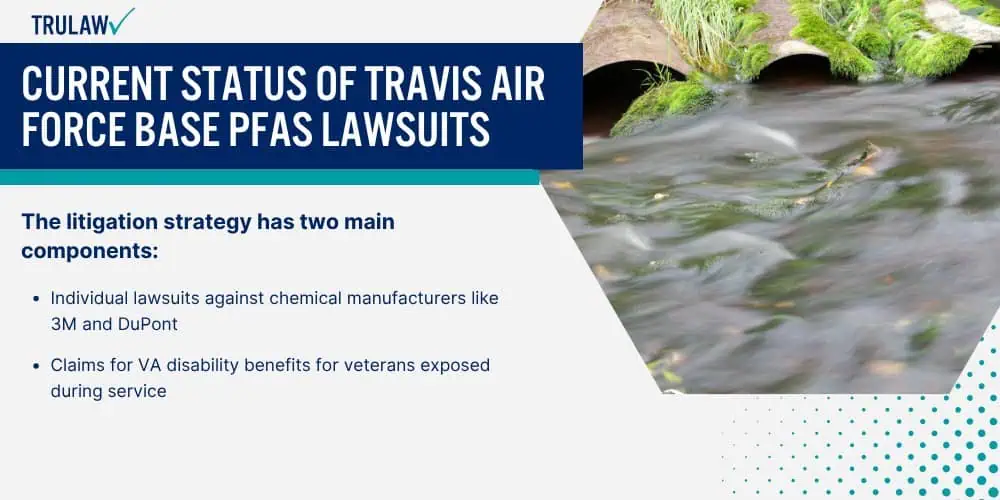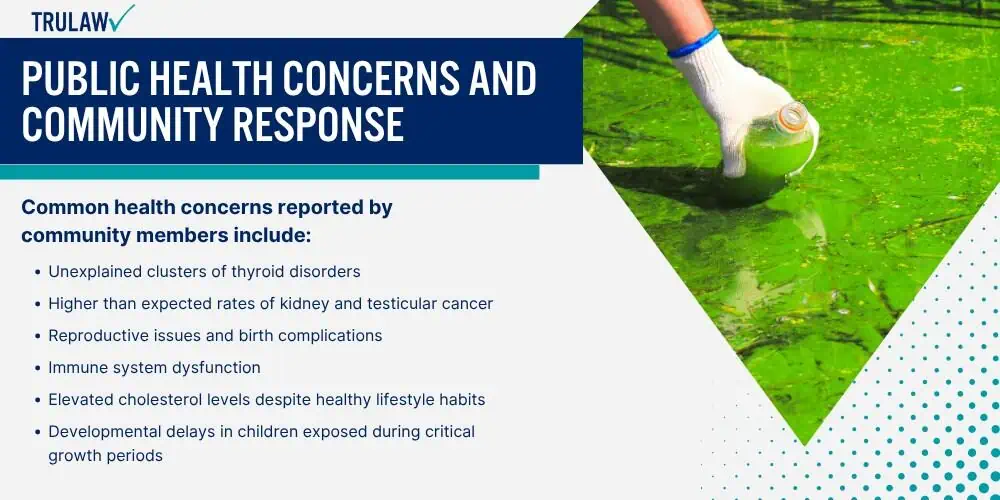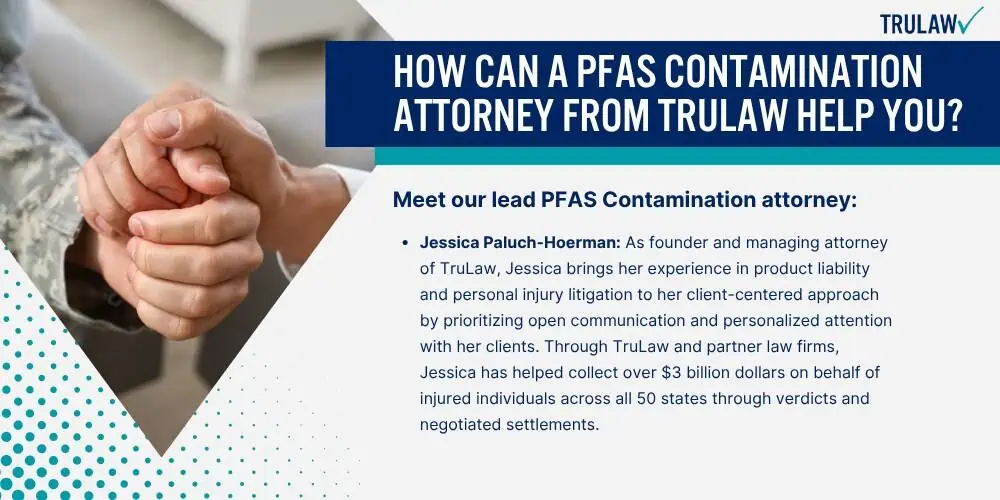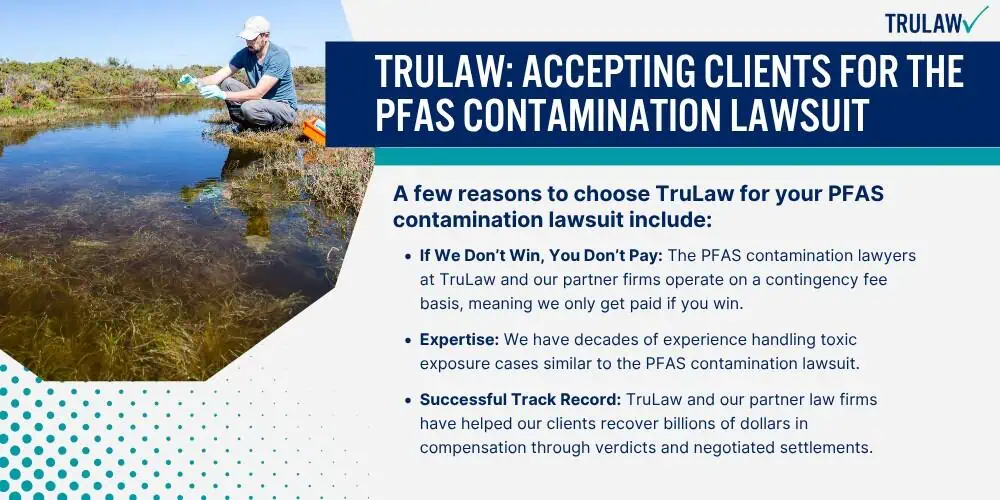Military bases nationwide have become focal points of concern due to widespread contamination with per- and polyfluoroalkyl substances (PFAS).
These synthetic compounds, found in aqueous film-forming foam used to extinguish fuel fires, have leached into groundwater at hundreds of installations.
The Environmental Protection Agency has identified these “forever chemicals” as significant health risks based on their persistent nature and bioaccumulative properties.
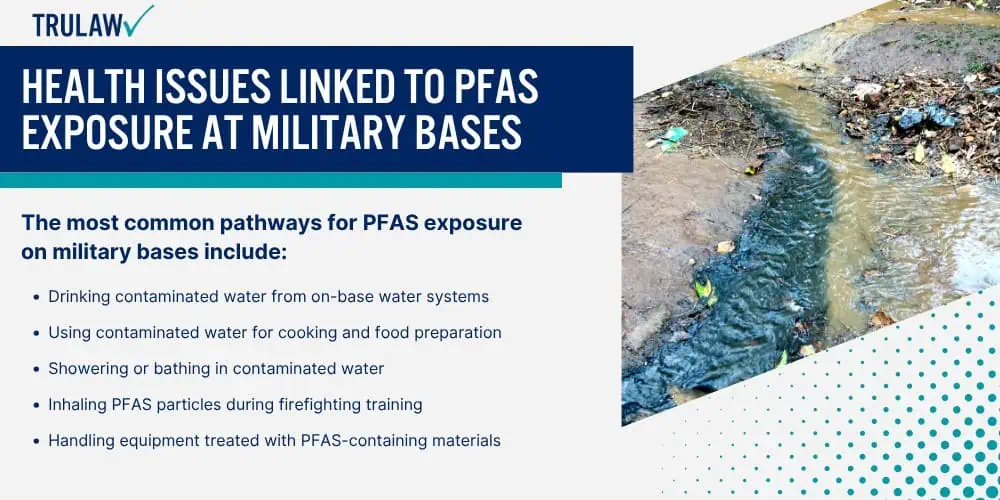
Service members who lived on affected bases often unknowingly consumed contaminated water for years, sometimes decades, before the dangers became widely recognized.
Recent testing reveals many installations have PFAS levels exceeding safety thresholds by hundreds or even thousands of times, creating an urgent public health challenge.
The most common pathways for PFAS exposure on military bases include:
- Drinking contaminated water from on-base water systems
- Using contaminated water for cooking and food preparation
- Showering or bathing in contaminated water
- Inhaling PFAS particles during firefighting training
- Handling equipment treated with PFAS-containing materials
Testicular Cancer and Other Serious Health Conditions
Studies have established links between PFAS exposure and several severe health outcomes, with cancer heading the list of worries.
Military firefighters face particularly high risks, with research showing they develop testicular cancer at twice the rate of civilians.
Kidney and testicular cancer appear most frequently in medical literature examining PFAS health impacts, alongside thyroid disease, immune system dysfunction, and elevated cholesterol.
The latency period for these conditions means many veterans develop symptoms years after service, complicating the process of connecting their illness to military exposure.
Health monitoring has become crucial for at-risk veterans, as early detection significantly improves treatment outcomes for these life-threatening conditions.
Toxic Exposure Risks for Military Veterans and Families
Comprehensive review of military records shows that toxic chemicals have potentially affected hundreds of thousands of service members and their families.
Children living on bases face heightened vulnerability, as developing bodies are more susceptible to PFAS damage.
Veterans seeking compensation must work through detailed documentation requirements, often needing to prove residence on contaminated bases through service records.
The Department of Defense has begun implementing cleanup efforts at priority sites, though remediation costs will likely reach billions.
Meanwhile, many affected veterans have joined lawsuits against chemical manufacturers, seeking accountability for their suffering.
Congress has responded with legislation aimed at improving healthcare access for those exposed, though many veterans still struggle to receive comprehensive coverage for their PFAS-related conditions.


